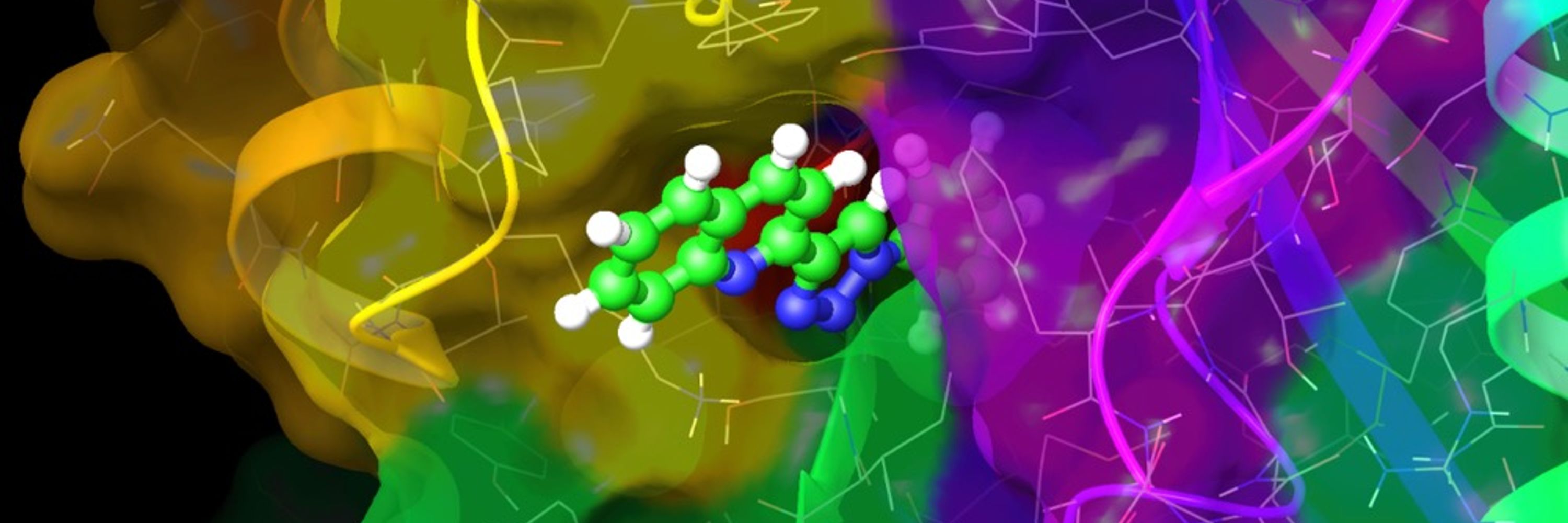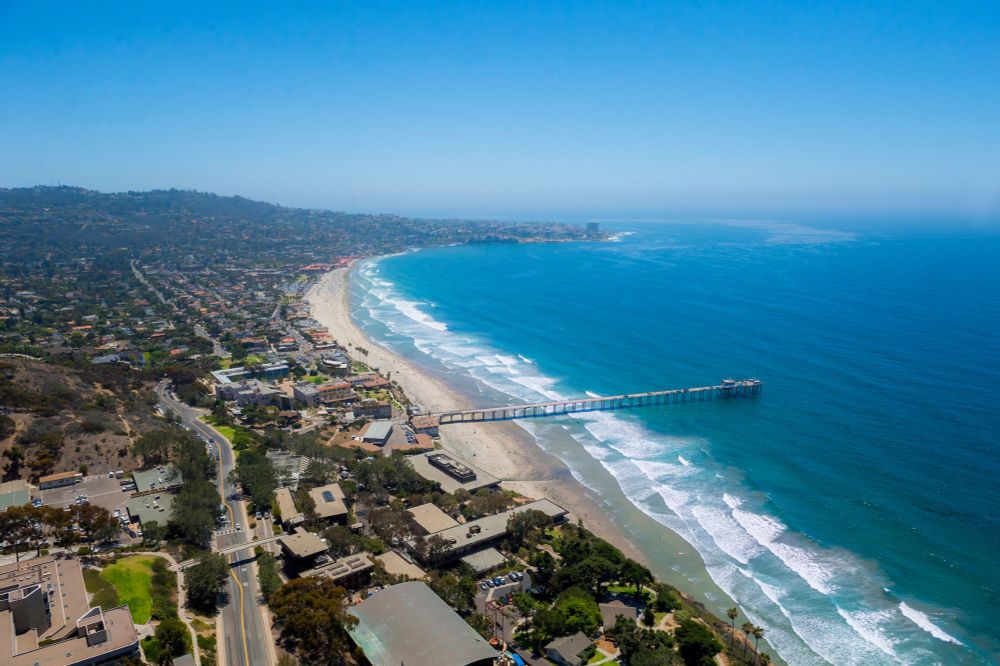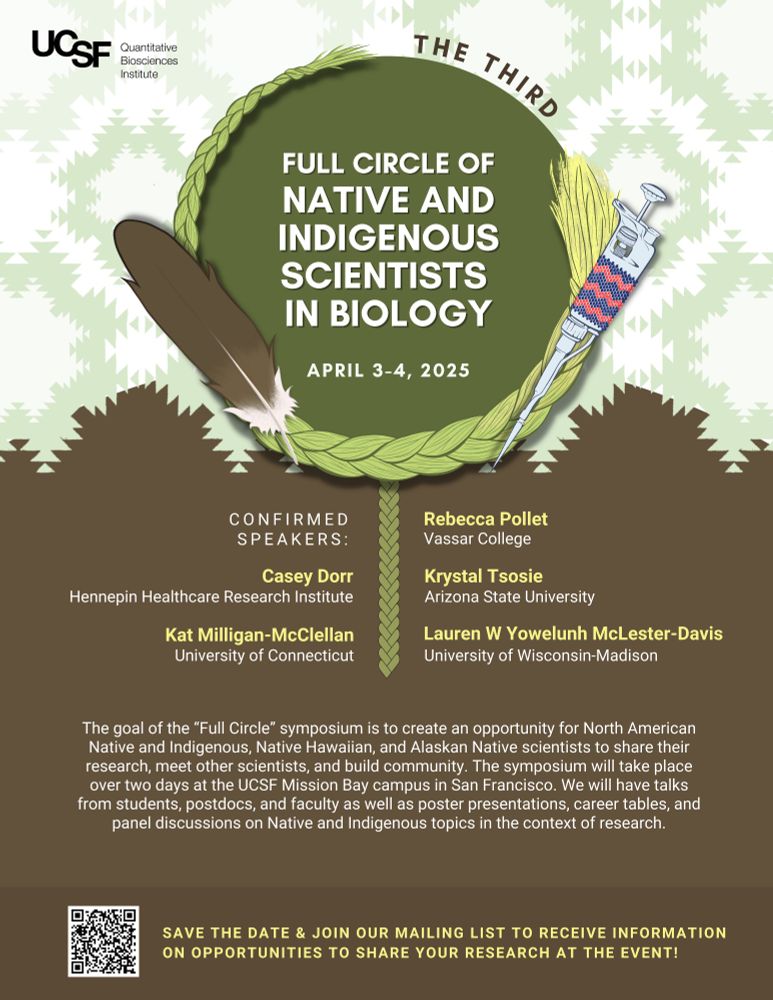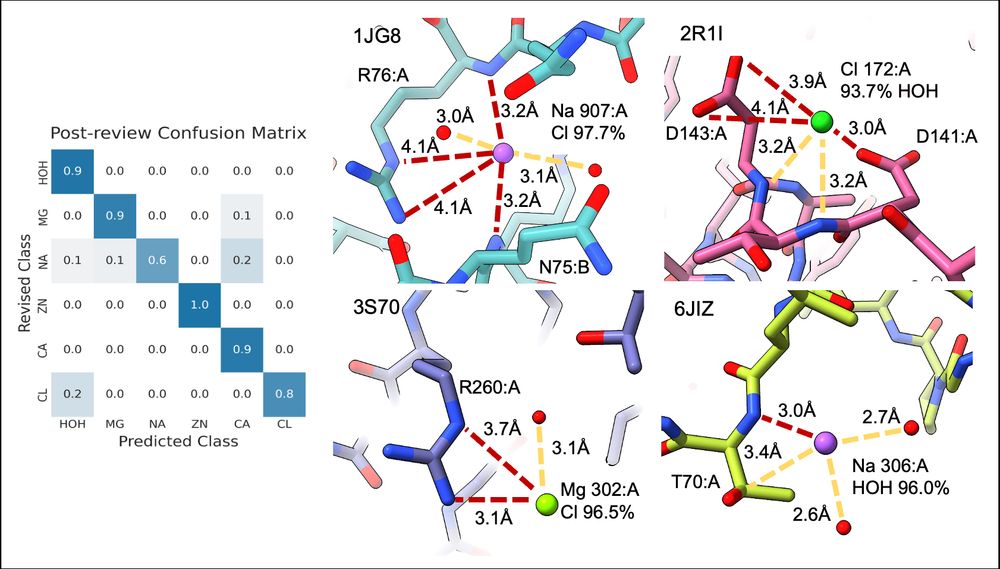Michael J. Robertson
@biophysicsguy.bsky.social
790 followers
260 following
22 posts
Assistant Professor in Biochemistry & Molecular Pharmacology, Baylor College of Medicine. CryoEM, GPCRs, Membrane Proteins, Comp Chem, SBDD.
Posts
Media
Videos
Starter Packs
Pinned
Reposted by Michael J. Robertson
Cole Group
@colegroupncl.bsky.social
· Mar 8

CACHE Challenge #2: Targeting the RNA Site of the SARS-CoV-2 Helicase Nsp13
A critical assessment of computational hit finding experiments (CACHE) challenge was conducted to predict ligands for the SARS-CoV-2 Nsp13 helicase RNA binding site, a highly conserved COVID-19 target...
dx.doi.org
Reposted by Michael J. Robertson
Dan O'Leary
@doleary47.bsky.social
· Jan 24
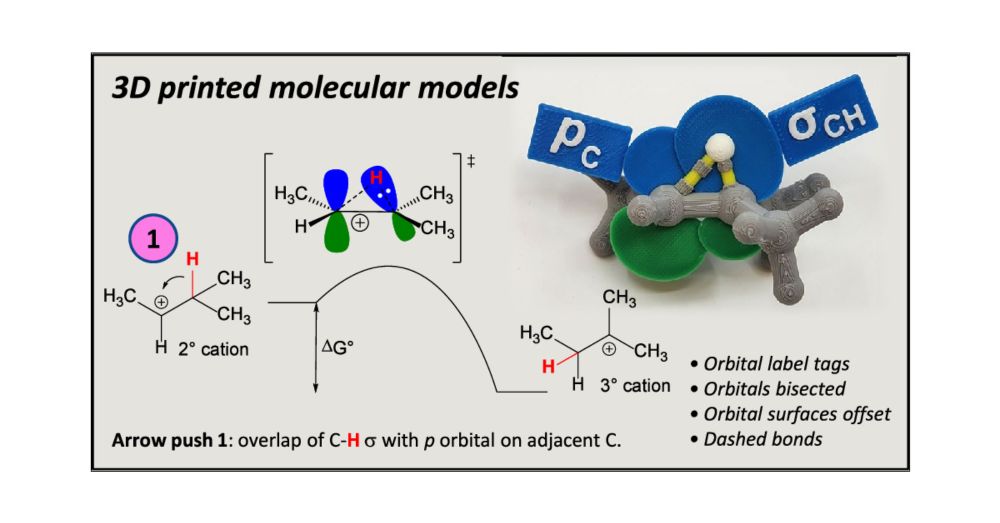
Multicolor 3D-Printed Molecular Orbital Models for a First-Semester Organic Chemistry Course
We have developed a set of multicolor 3D-printed structural and molecular orbital models for use in a first-semester organic chemistry course. These models provide visual and tactile insights regarding aspects of organic structure, reactivity, and mechanistic “arrow pushing”. The set includes: 1. orbital models of σ and π bonding in methane and ethylene, 2. σCH–σ*CH hyperconjugation in staggered and eclipsed ethane conformations, 3. LUMO accessibility in SN2 electrophiles and HOMO–LUMO orbital interactions in SN2 transition states, 4. E2 transition state structure and orbital interactions in β-hydrogen removal and π bond formation, 5. σCH–pC hyperconjugation in the ethyl cation, 6. transition state structure and σCH–pC orbital interactions in a carbocation 1,2-hydride shift, 7. late and early, respectively, Br• and Cl• H atom radical abstraction transition state structures and SOMO orbitals, 8. bromonium ion structure and LUMO orbital, 9. protonated epoxide ion and neutral epoxide structures and LUMO orbitals, 10. transition state structure and orbital interactions in a hydroboration reaction, 11. transition state structure and orbital interactions in the lithium aluminum hydride reduction of formaldehyde, and 12. π molecular orbitals in 1,3-butadiene. The prints are made with hobby-grade 5-color 3D fused deposition modeling (FDM) printers and sized to provide compact take-home class handouts for each student or projected in-class with a document camera. Models are fabricated with orbital or electron density surface bisections and text annotations to enhance information content. Student perceptions of this set of 3D-printed molecular models are generally favorable and have improved their understanding of course materials.
pubs.acs.org
Reposted by Michael J. Robertson
Reposted by Michael J. Robertson
Reposted by Michael J. Robertson
Aashish Manglik
@amanglik.bsky.social
· Dec 4
Reposted by Michael J. Robertson
estella newcombe
@estellaan.bsky.social
· Nov 27
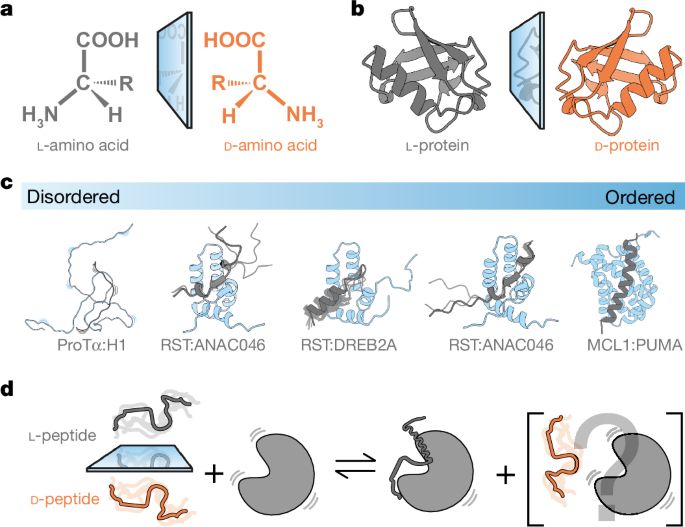
Stereochemistry in the disorder–order continuum of protein interactions - Nature
Studies on protein–protein interactions using proteins containing d- or l-amino acids show that stereoselectivity of binding varies with the degree of disorder within the complex.
www.nature.com
Reposted by Michael J. Robertson
Reposted by Michael J. Robertson
Reposted by Michael J. Robertson
Alexis Rohou
@alexisrohou.bsky.social
· Nov 18
2025 Summer Intern - Department of Structural Biology
Department Summary The CryoEM Group in the Department of Structural Biology is dedicated to providing high-resolution structural insights into biological macromolecules involved in health and disease....
roche.wd3.myworkdayjobs.com
